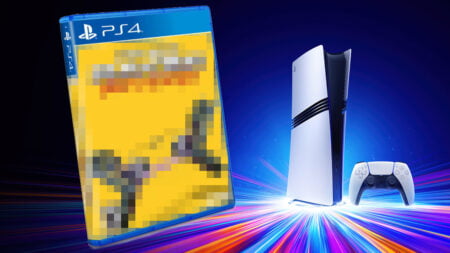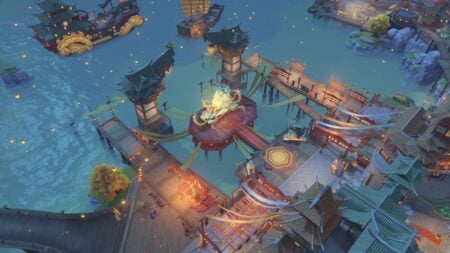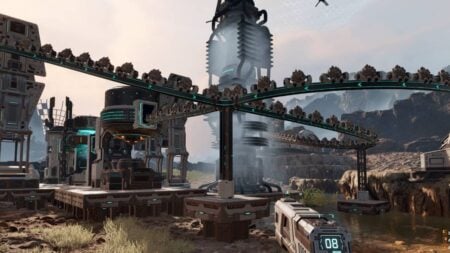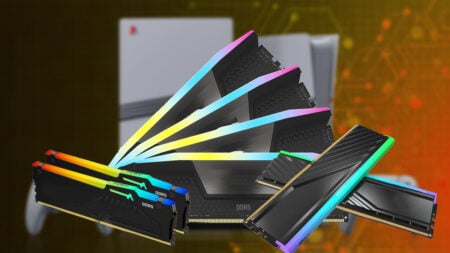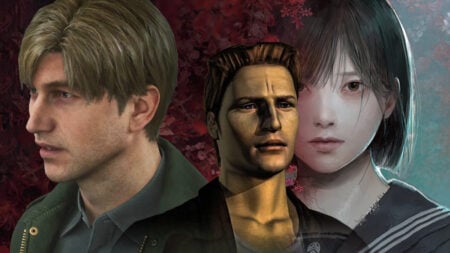Version tested: Microsoft Windows
Also available on: Mac OS
Developer: Blizzard Entertainment
Publisher: Blizzard Entertainment
Genre: MOBA/RTS
Price: Free
Multiplayer Online Battle Arena games, otherwise known as MOBA’s, are a global gaming phenomenon. Riot Games League of Legends reports that 27 million people play the game daily, while concurrent players peak at 7.5M, and 67 million players play the game every month. Valves Dota 2 reports that more than 10 million people now play Dota 2, with a record of 1,075,464 concurrent players in February of this year. With these numbers, it comes as no surprise that gaming giant Blizzard Entertainment would want to enter the MOBA arena. And on June 2nd, Blizzard officially released Heroes of the Storm, their “hero brawler” featuring heroes from Warcraft, Diablo and Starcraft.
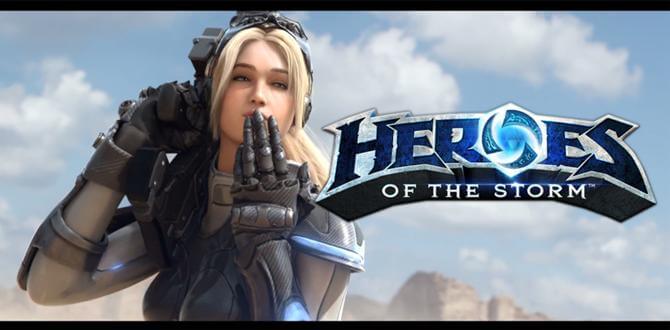
Heroes of the Storm utilizes traditional MOBA mechanics; teams of five players each charge across a map in an attempt to destroy the other team’s base, most maps have three lanes and players work together to fight NPC minions and the other team to level up and reach the core. However, it departs from most MOBA’s in a few major ways, the most notable one being that characters do not earn gold for killing minions, and subsequently, there is no item shop. Instead, heroes fight enemies collaboratively, earning experience points for the whole team and unlocking abilities and talent points that boost these abilities. This creates a different game experience then League of Legends and Dota 2, as the item shop, earning gold and individual leveling is paramount in both games. Consequently, the experience from Heroes of the Storm is unique, mostly stress free (which I rarely experience in League), and fun. Below are ways that set Heroes apart from most MOBA’s, in a mostly positive way.
Dynamic Characters
One of the highlights of the game is that the heroes retain their charismatic personalities from their original titles, and interact with each other regularly. For example, Tyrande Whisperwind and Illidan Stormrage have a complicated romantic past from their days together in Warcraft, and have dialogue including:
Tyrande: Setting you free was my biggest mistake.
Illidan: And loving you is mine.
StarCraft’s Terran protagonists Tychus Findlay and Jim Raynor jab at each other with lines like,”How many times do I have to kick your ass, Tychus?”, adding a lighthearted tone to the game. Unlike Dota 2 and League of Legends where character interaction is limited, heroes interactions enhance the overall experience of the game.
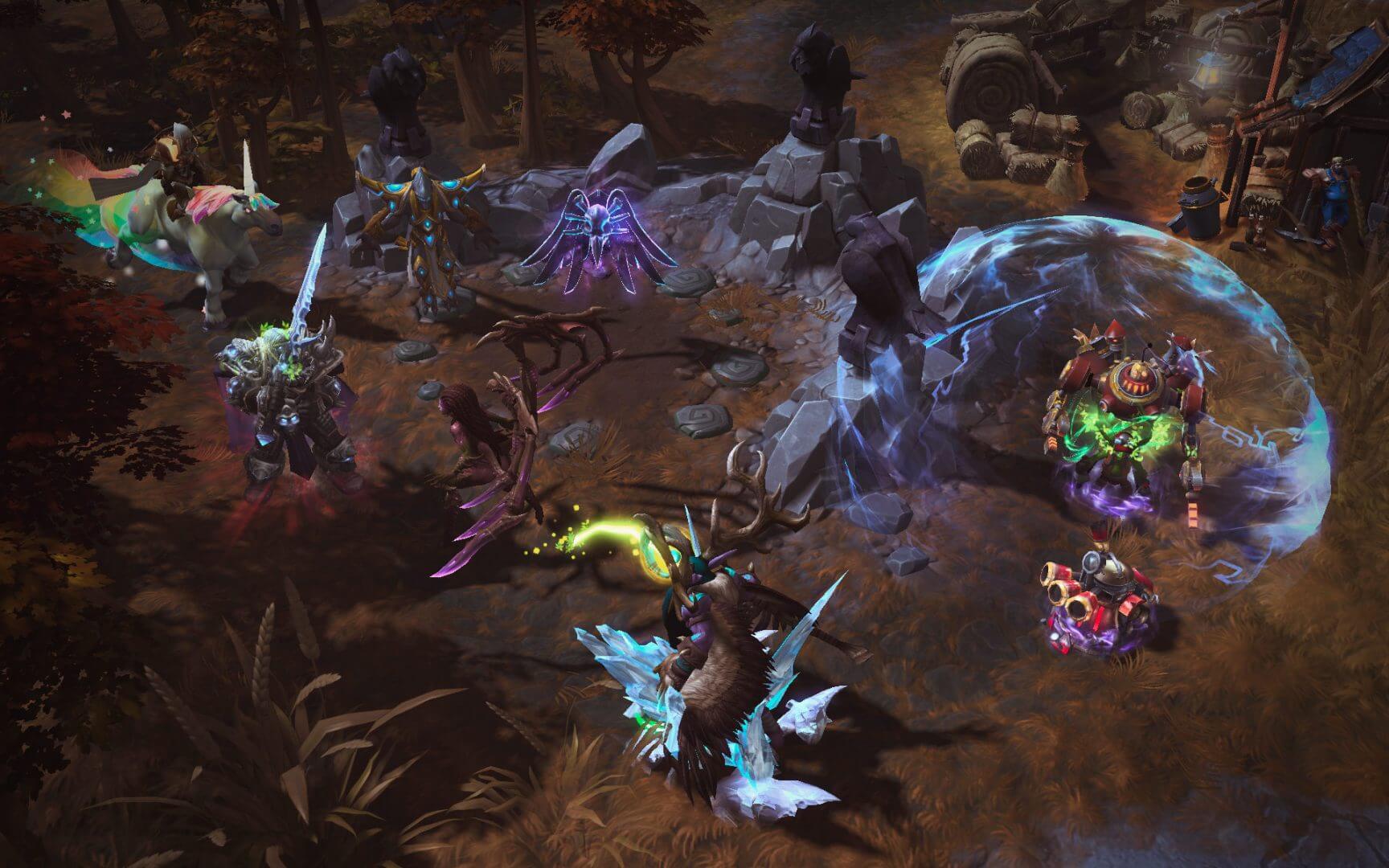
Heroes of the Storm also includes generalized interactions across all heroes. During combat, heroes thank supports for heals, encourage teammates to find a healing fountain when they are low on health and supports motivate your fellow teammates by thanking them for their hard work. Even when your teams core is almost destroyed, heroes will encourage each other to keep fighting, and to work towards turning the game around (usually futile, but positive to hear nonetheless). Its also pretty entertaining to watch characters in the environment, such as the large Diablo riding a comparatively small steed, or watching murky unleash his march of the murlocs These interactions help to create a lighter atmosphere then League of Legends and Dota 2, and set collaboration as an essential precedent.
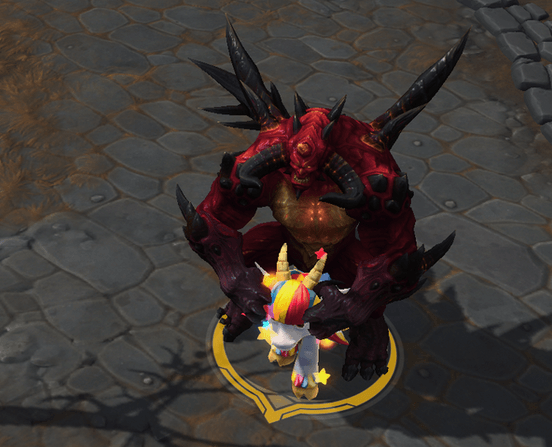
Focus on Teamwork
The next positive element about Heroes of the Storm is that collaboration and teamwork is the most important part of the game. One of the major changes from traditional MOBA’s is that players share experience points and level up as a team, earning skills and talents, creating a balanced team. Skills improve in damage on their own as you gain levels, but talents may add additional damage or effects to those skills. This allows individuals to focus on their own game play and creates an even playing field for all players, where no one player dominates a game. Additionally, the focus on individual skills and leveling up as a team prevents teammates from accusing each other of stealing kills, farming too much or too little, not warding, buying the wrong items, etc., removing a high level of toxicity that is pervasive in most MOBA’s.
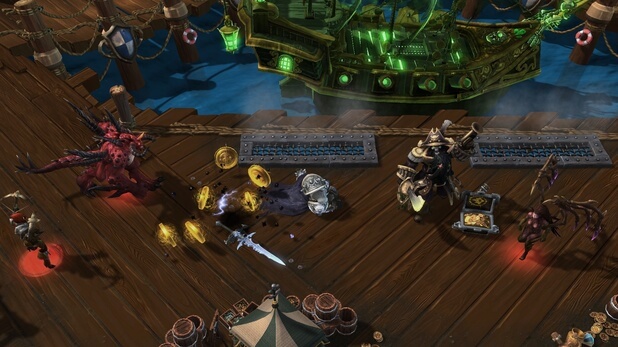
Another way teamwork comes into play in a major way is that heroes have to actively pursue secondary map objectives. Objectives require players to regularly leave lanes in order to pursue them, preventing the game turning into stalemates. Consequently, it requires teammates to cooperate and communicate their goals, as well as utilize pinging on the map. Because it is impossible for one individual to carry a game, any sort of toxicity impedes on pursuit of objectives, causing the entire team to suffer. While toxicity does occur, in my experience, it is significantly less frequent than League of Legends, and Dota 2.
Diverse Maps and Objectives
In my opinion, the greatest part of Heroes of the Storm is the diversity between battlegrounds (maps). When I first started playing the game, I almost felt like I was at Disneyland. With seven different battlegrounds, each with their own objectives, environments, music and characters, I felt like I was on a cinematic ride. While battlegrounds offer standard two and three-lane play expected of MOBA’s, there are a number of potential strategies laid out, creating opportunities for exploration and innovation.
In one stage you can gather up gems to give as an offering to a spider queen, and the team that gathers the most will gain the temporary help of a webweaver. The Garden of Terror battleground uses a day/night cycle to have my team pick up seeds to sprout up a giant monstrosity to plow forward. And my favorite recent battleground addition is the “Battlefield of Eternity,” modeled after Diablo III. Battlefield of Eternity is large, but only has two lanes as the whole center of the map is taken up by two large “Immortals” (angel Ilarian and demon Beleth) which appear periodically as your main objective. Your team has to kill your opponent’s Immortal before they can kill yours, and once one Immortal has reached half health, the two clash before reappearing in slightly different spots. Once one of the immortals has been killed, the surviving one leaves the map’s center and starts attacking the closest enemy defenses in one of the two lanes. As someone who loves Diablo, and playing Sonya, the level is truly epic and a great homage to the game.
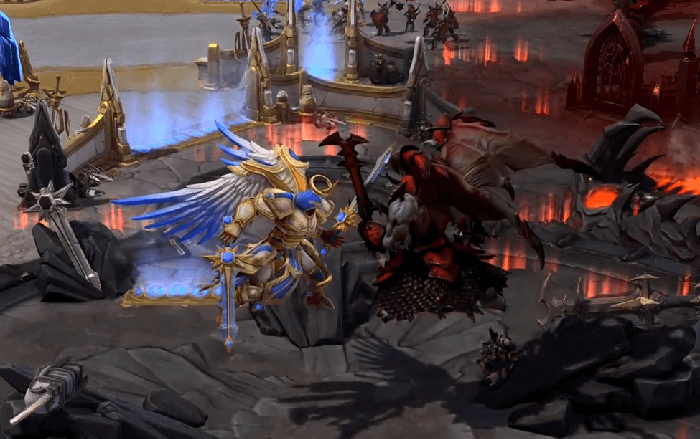
Overall, the battlegrounds are one of the biggest highlights of the game for me. While objectives can sometimes be tedious, especially on less interesting maps, they require players to cooperate and strategize together. Players can choose to go directly to the main objective, recruit mercenaries at camps to fight alongside them, collect coins, activate towers, dive into mines, team up together or stick to lanes, (etc.) all within the first five minutes of the game. As a League of Legends player, poke wars, csing for the first 10-15 minutes is tedious and takes far too long. In fact, most HotS games often last as long as the entire laning phase for League.
Criticisms And Final Opinion
While Heroes of the Storm is my go to MOBA for now, I can see how it may become repetitive within the next 6 months. Objectives on each map don’t change or evolve at this point in time, and while adding new battlegrounds helps to keep the game fresh, it may not be enough for some players. The pros for MOBA’s like League of Legends is that keeping strategy as the primary goal makes it so that you are constantly focused on improving your skills, and learning new ways to be a better overall player. One of the biggest downsides of Heroes of the Storm is that sometimes you may be doing significantly more work than your teammates, and despite that, they will still be the same level as you. There aren’t really any incentives to drive players to work harder, and those who work hard can’t makeup for the other players slack. Moreover, because the heroes are generally pretty balanced, there isn’t much you can do to improve your knowledge/skill of the hero.
The other major benefit to traditional MOBA’s is that you gain a sense of satisfaction knowing how hard you personally had to work to defeat your opponents. And there is nothing quite like the feeling of achieving a triple, quadra and even the elusive pentakill. At times, I even miss the item shop, as it keeps you constantly think about how you can best defeat the enemy team. For Heroes of the Storm, the satisfaction stems from great teamwork, which (for me) is not nearly as rewarding as successfully pushing a lane, and countering your opponent.
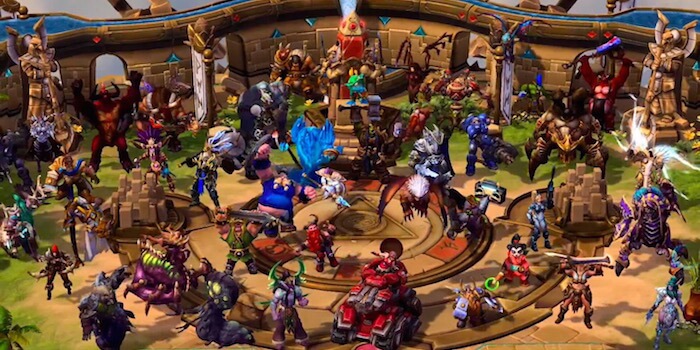
Nevertheless, Heroes of the Storm deserves high praise as its own MOBA, since it does a lot of things right. Blizzard made a good decision to make it a “hero brawler” rather then replicate what has already been done in League and Dota 2. The relatively short duration of time invested in a single game keeps players playing, as a defeat is usually pretty swift, and the quick match system enables players to quickly find a new game. Removing the item shop, and focusing on skills while leveling up as a team helps new MOBA players learn the game much faster then League of legends or Dota 2, decreasing elitism in the community. And finally, cooperating and focusing on objectives reduces the headache many players feel when they are stuck in a lane with a more skilled opponent, or a champion that counters theirs.
All in all, Heroes of the Storm is a great game, that both fans of MOBA’s and those who aren’t can enjoy. While the game is not nearly as competitive as League of Legends or Dota 2, it provides a refreshing take on what a MOBA can be, and creates a new experience that many gamers will enjoy.
[review]


